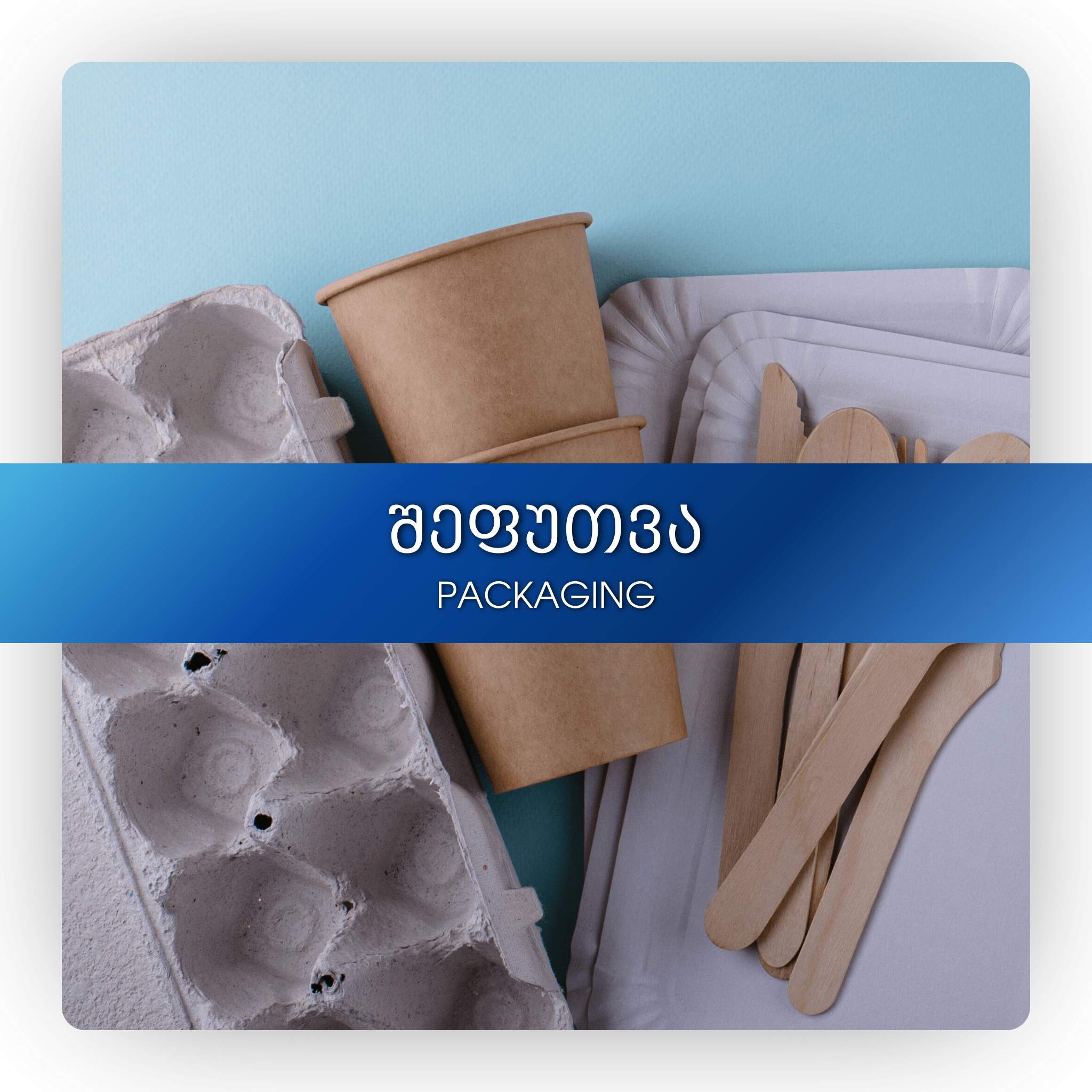Packaging
Food packaging means placing it in a packing box, bag, cup, jar, test tube, bottle, bag, etc.
The main functions of packaging are:
◾️ Product protection from deterioration and environmental impact;
◾️ Communication - any special instructions or information;
◾️ availability;
◾️ Localization - protection of the compiled part and safe storage before use;
◾️ Traceability;
◾️ indication of counterfeiting - it is possible to place indicators on the packaging, through which it will be possible to recognize a counterfeit product;
◾️ Marketing tool/advertisement.
There are 4 levels of packaging:
◾️ primary;
◾️ secondary;
◾️ Tertiary (distribution);
◾️ Quaternary (unit load).
Packaging materials:
◾️ paper and cardboard;
◾️ glass;
◾️ metal;
◾️ Plastic (polyethylene, polypropylene).
Packing methods:
◾️ Aseptic - increases the duration of storage. Popular for juices, milk and other liquid products. The processing temperature is too high. Packaging material and product are sterilized separately. Pouring is done in cardboard containers.
◾️ Vacuum packaging - a process in which air is expelled from the package. Used for products such as cheese, spices, smoked meats, fish and coffee.
◾️ MAP and CAP modified, controlled air packaging - changing the atmosphere in which the product is stored. Includes a mixture of 2 or 3 types of gases: oxygen (to intensify the color), carbon dioxide (to stop the growth and development of microorganisms) and nitrogen (to reduce the proportions of other gases or to maintain the shape of the package)
There are also new packaging methods:
Biodegradable packaging is used to reduce the negative impact caused by harmful effects on the environment. A similar type of material is destroyed by biological factors (bacteria, green algae, fungi).
Edible packaging is a type of packaging that can be consumed with food. A cover of a similar type, which may cover the surface of the product or be placed inside it, is considered an integral part of the product. This type of packaging includes a cup or container that can be consumed with a drink; Packaging that disappears in water and more.
The above-mentioned type of packaging material should be of acceptable color, aroma, taste and texture, should melt in the mouth and not in the hand, should cover the product and should not stick directly to the package, and should be harmless.
Nanomaterials are increasingly used in food packaging due to the fact that they improve the quality of packaging and its resistance to various environmental conditions.
The latest technology that uses nanomaterials is the so-called smart packaging. Designed for food quality monitoring and information transfer. It perceives microbiological and biochemical changes in the product. This type of packaging may additionally include cooling or heating components with an electric display that displays various food-related information.
Disadvantages
The hydrophilic nature of this type of packaging is both an advantage and a disadvantage. Water solubility means that such packaging cannot be used in humid environments.
The issue of safety is also noteworthy. Some packaging is not sanitary in different environmental conditions, so it is necessary to use secondary packaging that is not eco-friendly.
The adaptability of the user should also be taken into account. As a rule, the consumer looks at this type of packaging with skepticism and hesitates or refrains from buying it at all.
It is also important that such packaging materials are quite expensive.
In order to determine what type of filler to use, we need to know the nature and characteristics of the manufactured products, such as aggregate state, texture, type of constituent ingredients, etc. Distribution distance should also be considered.
The quality of the packaged product is directly related to the properties of the food and packaging material. Their interactions include the exchange of mass and energy between the packaged food, the packaging material, and the environment. The quality of packaged food deteriorates due to the phenomenon of mass transfer. Moisture absorption or vice versa, loss, oxygen permeability, loss of flavor, absorption of unwanted odors, migration of packaging components, all of this directly depends on the type of packaging material and the quality of packaging, therefore, determining the characteristics of packaging is essential for maintaining the safety and quality of the manufactured product. In addition to the relationship between the food and the packaging material, it is very important to consider the environmental conditions. The most important external parameters are temperature and humidity. High temperature leads to increased permeability of liquids and gases. Moisture can accelerate the diffusion of water-soluble components, and it is also possible for some compounds from the packaging material to get onto the food.
The penetration process may change the cubic value of the food. Nutrient loss is often due to the absorption of oxygen or light transmission by the packaging material, which promotes oxidation processes. That's why light-blocking, dark-colored packaging is used to package some products.
Packaging engineers should be involved in the discussion when selecting packaging design, shape or any special features. It may also be important to determine whether the packaging material is recyclable or not, as consumers become more environmentally conscious.
It is also essential to determine the administrative and regulatory requirements. The use of some materials may be restricted. Food additives that come into contact with food in the form of packaging are considered indirect food additives.
The compatibility of the packaging material with the device should also be determined. The packaging engineer must first find a material that will both fit the device and meet the minimum shelf life requirements. Products with a long shelf life need appropriate packaging material that will function optimally throughout the "lifetime" of the product.
